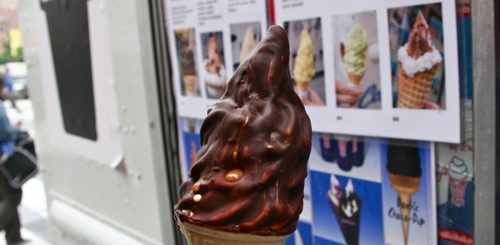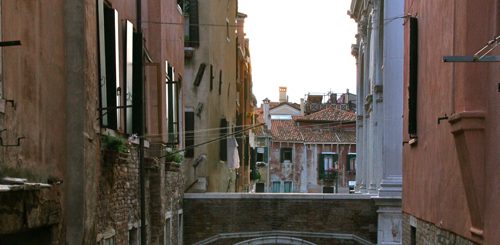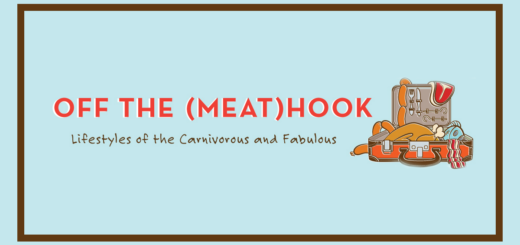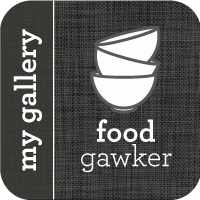{top tip} All About My Butter
In my home kitchen, I use a lot of shortcuts and tricks gleaned from my checkered pants past. From time to time I will pull one out of my toque and share it with you! If you have questions or requests, leave them in the comments and I’ll tackle them in a future post.
Butter! So many types of butter, all so very delicious. Here’s a little cheat sheet with butter terminology to help you sort out what the heck people are talking about.

First things first: this will make more sense if I tell you that butter is made up of 2 things: oil and milk solids. When you melt butter, the milk solids are the white foamy looking part and the oil is the clear yellow part.
- Beurre à la Bourguignonne: A fancy term for garlic butter. You most often see this term used in regards to escargot–since they are traditionally served with this butter.
- Beurre Blanc: French for “white butter,” a sauce made from vinegar, white wine, shallots, and butter, and often served with seafood. Everything but the butter is heated, and then the cold butter is carefully whisked in piece by piece, creating an emulsion. This makes a rich, satiny, tangy sauce.
- Beurre Manié: Butter and flour that’s kneaded or mixed together and used as a thickener for warm sauces. The butter prevents the flour from forming lumps in whatever it is you’re thickening, and makes the sauce shinier.
- Beurre Nantais: The same thing as beurre blanc, but with heavy cream added to it. (Note: YUM.)
- Beurre Noir or Black Butter: Beurre noir is butter that has been melted over a low heat until the milk solids turn black–at which point an acid (usually lemon juice, sometimes vinegar) is added to stop the cooking. Commonly served with fish, especially skate wing. Not to be confused with brown butter.
- Beurre Rouge: The same thing as beurre blanc, except made with red wine vinegar and red wine, which makes it (wait for it) red in color.
- Brown Butter aka Browned Butter aka Beurre Noisette: Similar to black butter, brown butter is melted over a low heat until the milk solids turn brown and start to smell nutty. Commonly paired with sage, pumpkin or squash ravioli, or fish. Delicious on lots of things.
- Butterface: A female who has an attractive body and an unattractive face. “She looks good everywhere… butterface.”
- Clarified Butter: Butter that has been melted and the milk solids (white stuff) removed, so just the oil remains.
- Compound Butter: Firm butter with stuff in it, like herbs or garlic or citrus zest. You make compound butter by softening butter, mixing things into it, shaping it into a log and wrapping it in plastic, then refrigerating it. When you have a round slice of garlic butter on your steak in a restaurant, that’s a compound butter.
- Cultured Butter: Butter that has lactic acid cultures added to it or is made from fermented cream–giving it a tangier taste. Most butter in Europe is cultured.
- Drawn Butter: The same as clarified butter, but for some reason when you serve it with lobster, it’s called drawn instead of clarified.
- European Butter: Generally this means 2 things: that it has a higher butterfat content than U.S.-made butter (~85% compared to ~81%) and that it’s cultured. Sometimes it just means one or the other.
- Ghee: Clarified butter that has been heated to preserve it longer without refrigeration; ghee is a common ingredient in Indian cooking.
- I Can’t Believe It’s Not Butter: Not butter. ICBINB is made with buttermilk, vegetable oil, water, and some chemicals and colorings.
- Salted Butter: Butter that has had salt added to it.
- Spreadable Butter: Usually this means the butter has vegetable oil incorporated into it, so that even when it’s cold it will spread easily.
- Sweet Cream Butter: Butter that’s made from pasteurized cream–meaning, not cultured.
- Whipped Butter: Butter that’s been mechanically aerated with nitrogen gas.
Did I miss any? Let me know in the comments!






I love you for including “butterface” in this list.
@Camille – and I love you for noticing! Couldn’t help myself 🙂